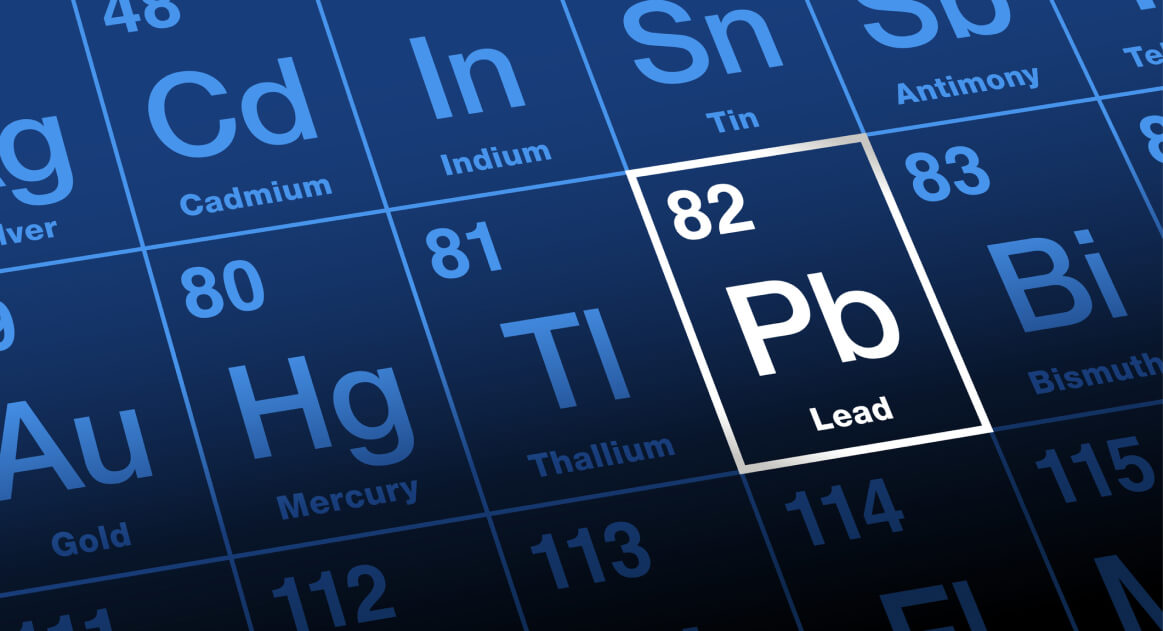In the bustling metropolis of New York City where historic buildings line the streets, a silent hazard lurks within many homes: lead-based paint. To combat this, the New York City Childhood Lead Poisoning Prevention Act plays a crucial role. It’s not just about banning lead paint; it’s about preventing lead exposure to children in the first place. Let’s delve into some of these critical areas highlighted by the law.
- Chewable Surfaces: First on the list are “Chewable Surfaces.” This term might sound peculiar, but it’s a serious concern in homes with young children. We’re talking about protruding interior window sills or edges, like rails or stairs, particularly where there’s evidence of chewing or if a child has been known to gnaw on them. The danger here is the potential ingestion of lead particles by children, a demographic known for their exploratory mouthing and chewing habits.
- Deteriorated Subsurfaces: Next up, “Deteriorated Subsurfaces.” This refers to any surface where the paint is not just chipping but is on an unstable foundation like rotted wood or plaster that’s been damp or disturbed. It’s not just about the lead paint itself; it’s about the compromised surface underneath that can lead to greater exposure to lead particles.
- Friction Surfaces: Then we have the “Friction Surfaces.” These are areas where painted surfaces come into contact and move against each other. Think about where a window slides up and down or where a door rubs against its frame. These movements can create lead dust, which is easily inhaled or can settle on surfaces that children frequently touch.
- Impact Surfaces: Last but certainly not least, “Impact Surfaces.” This category includes interior painted surfaces that are often hit or bumped, leading to damage like dents, chips, or markings. Common examples include door frames, moldings, and baseboards. The repeated force on these areas can cause the paint to deteriorate and release lead particles into the environment.
The New York City Childhood Lead Poisoning Prevention Act (Local Law 1 of 2004) isn’t just a set of guidelines; it’s a comprehensive approach to identifying and mitigating lead hazards in environments where children live and play. By focusing on specific areas – chewable surfaces, deteriorated subsurfaces, friction surfaces, and impact surfaces, among others – the Law is intended to bring about safer living spaces for New York City’s youngest residents, protecting them from the long-term health effects of lead exposure. This law reflects a deep understanding of how children interact with their surroundings and the unique risks posed by lead in various forms and locations within a home.
We welcome your legal questions for topically relevant articles in the future. Feel free to compose a question – it may be addressed in future articles. Email Question
Free Case Evaluation
Fill Out The Form Below To Find Out If You Have A Case.
Thank you for contacting us. One of our colleagues will get back to you shortly.



